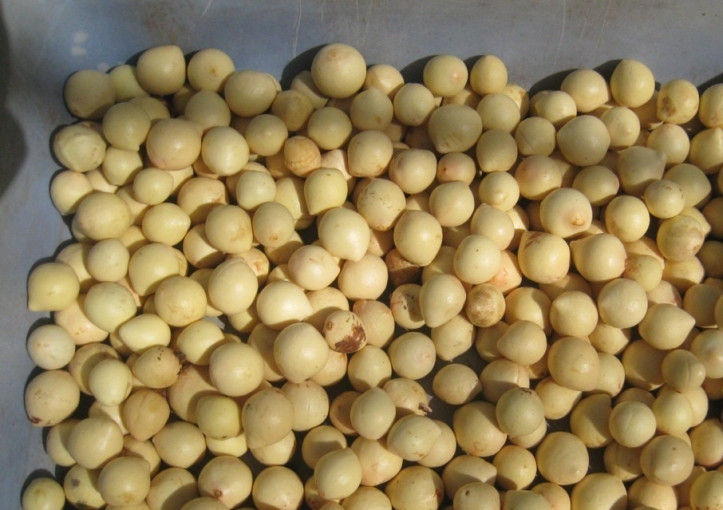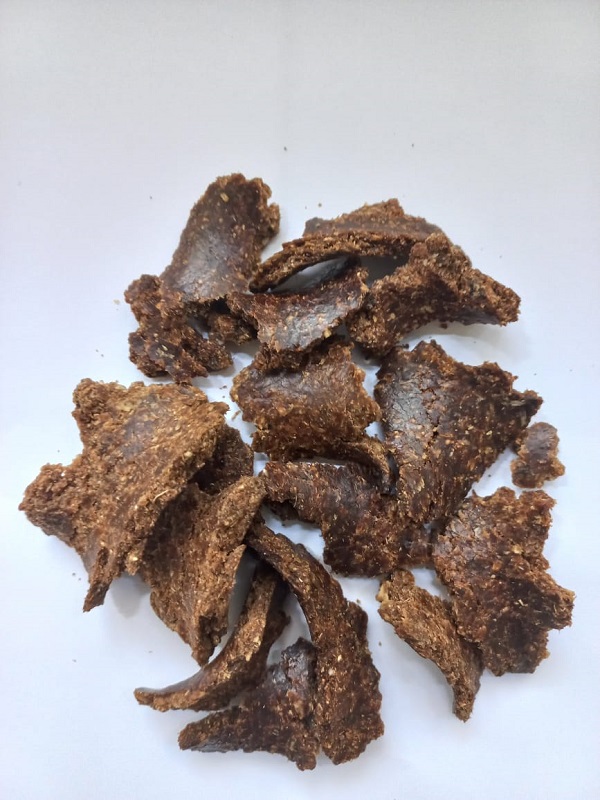
Nyamplung or tamanu (Calophyllum inophyllum) is a native Indonesian forest plant that can thrive in extreme environmental conditions and is widely distributed across many Indonesian islands, from Sumatra to Papua.
Though it is not a food crop, the nyamplung tree produces fruit whose seeds can be highly utilized as a source of vegetable oil.
These seeds have long been used to produce vegetable oil, called tamanu crude oil (TCO). TCO can generally be used for biofuel, healthcare products, and cosmetics.
“As a cosmetic and medicinal product, TCO can be used as biofuel and is currently applied in facial care products and herbal medicines that are highly sought after in Indonesia,” explained a lecturer from the UGM Faculty of Animal Science (Animal Science UGM), Dr. Dimas Hand Vidya Paradhipta, on Thursday (Feb. 13).
Dr. Paradhipta mentioned that the TCO industry produces waste in the form of oil cake during its processing.
This oil cake, he noted, has the potential to be used as animal feed.
He stated this based on research conducted by the Animal Science lecturers in collaboration with BRIN through the Research and Innovation Program for Advanced Indonesia (RIIM) grant from 2023 to 2025.

Dr. Paradhipta explained that using nyamplung seed oil cake as feed has been proven to reduce methane production concentrations in ruminant livestock in vitro.
This is due to the high content of secondary metabolites that can modify fermentation in the rumen.
Furthermore, he stated that in the first year of the research, it was found that nyamplung seed oil cake could be used as feed, especially for ruminants.
The oil cake contains about 20 percent crude protein, 15.3 percent crude fat, 6.47 percent total phenols, and 1.70 percent total flavonoids.
However, it has not yet been recommended as poultry feed due to its high crude fiber content, almost 18 percent.
According to Dr. Paradhipta, the current method of pressing nyamplung seed oil still uses a hydraulic system. In the future, if the screw press expeller system is used, the oil cake is expected to have lower crude fiber content.
“Our second-year research focuses on its use in feed mixtures, while the third-year research will focus on its application in sheep,” Dr. Paradhipta stated.
The research team working on processing nyamplung seeds into ruminant feed includes Professor Ali Agus, Professor Chusnul Hanim, Professor Budi Leksono (PR-KTKRK, OR-HL, BRIN), Sinta Maharani (PR-ZT, OR-HL, BRIN), and Aziz Umroni (PR-KTKRK, OR-HL, BRIN).
Report by: Animal Science UGM/Satria
Author: Agung Nugroho
Post-editor: Afifudin Baliya

